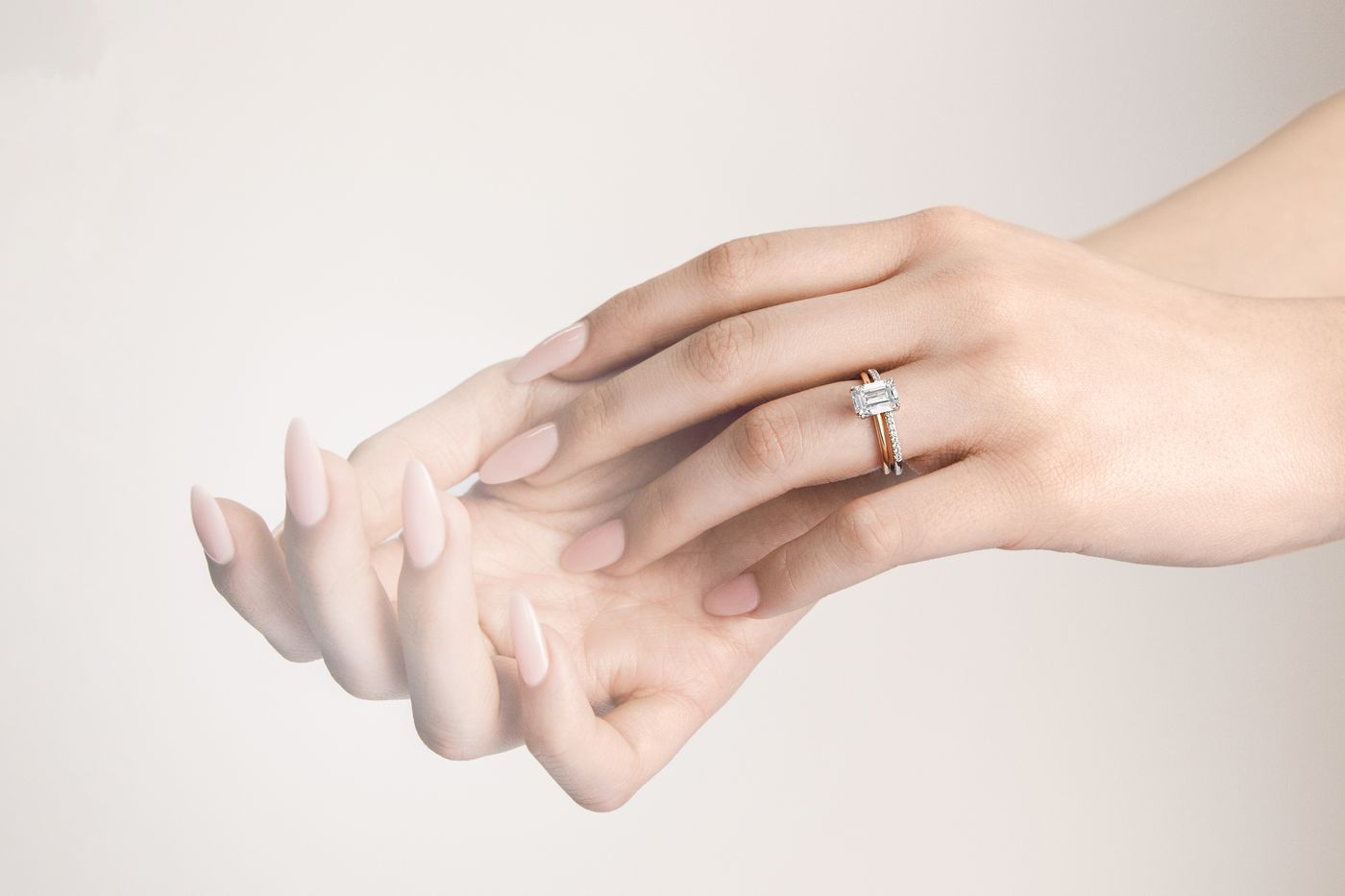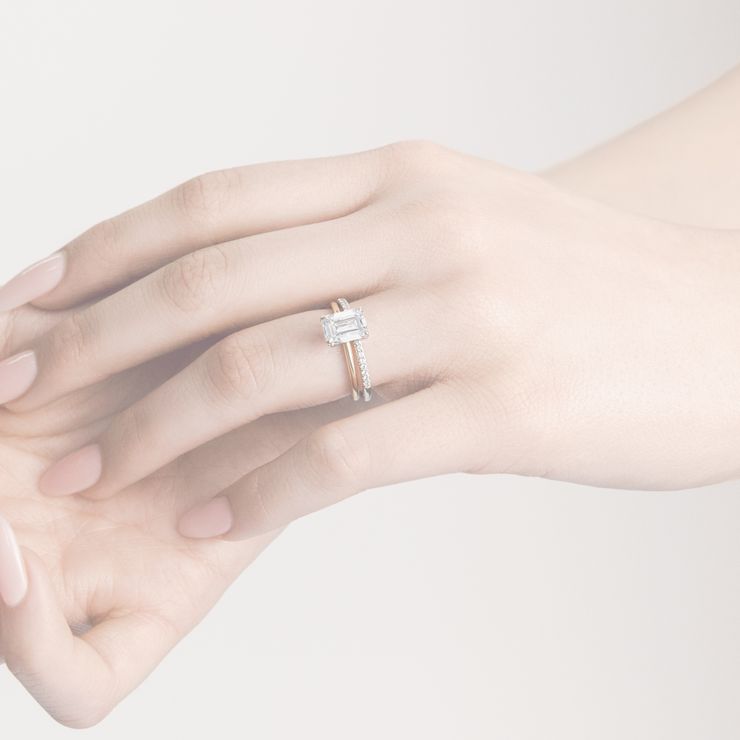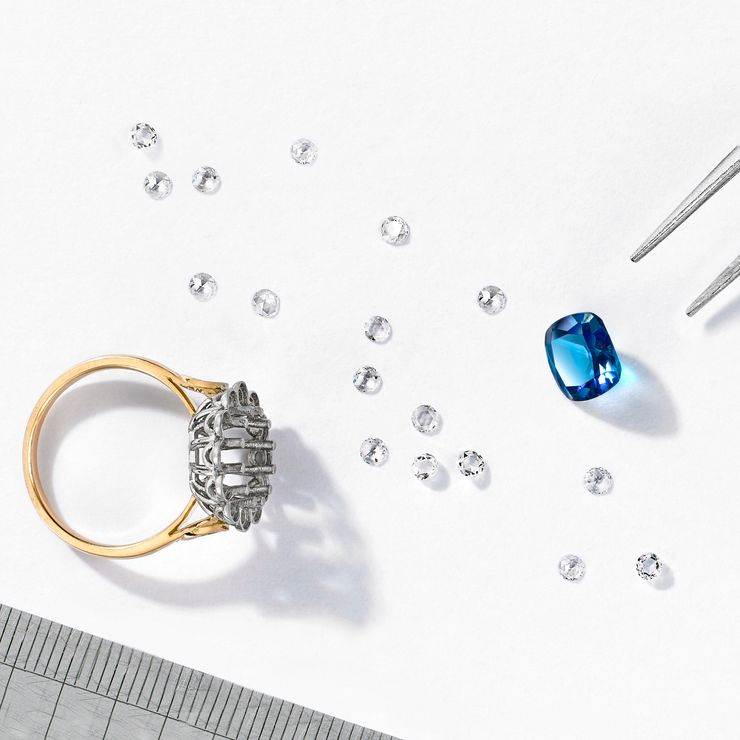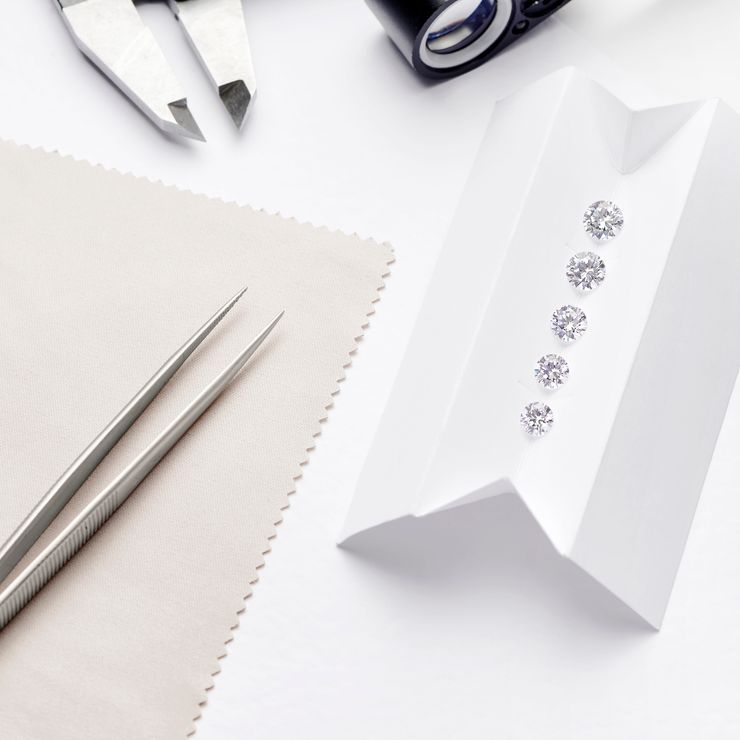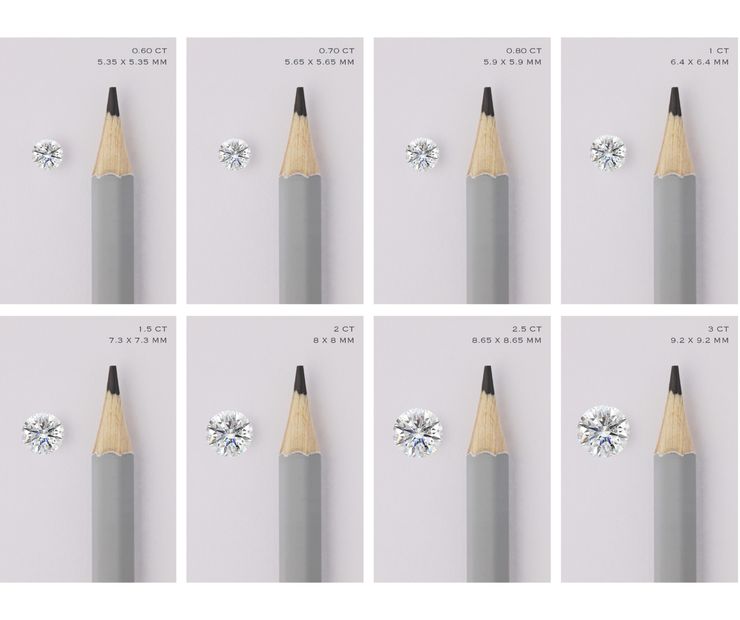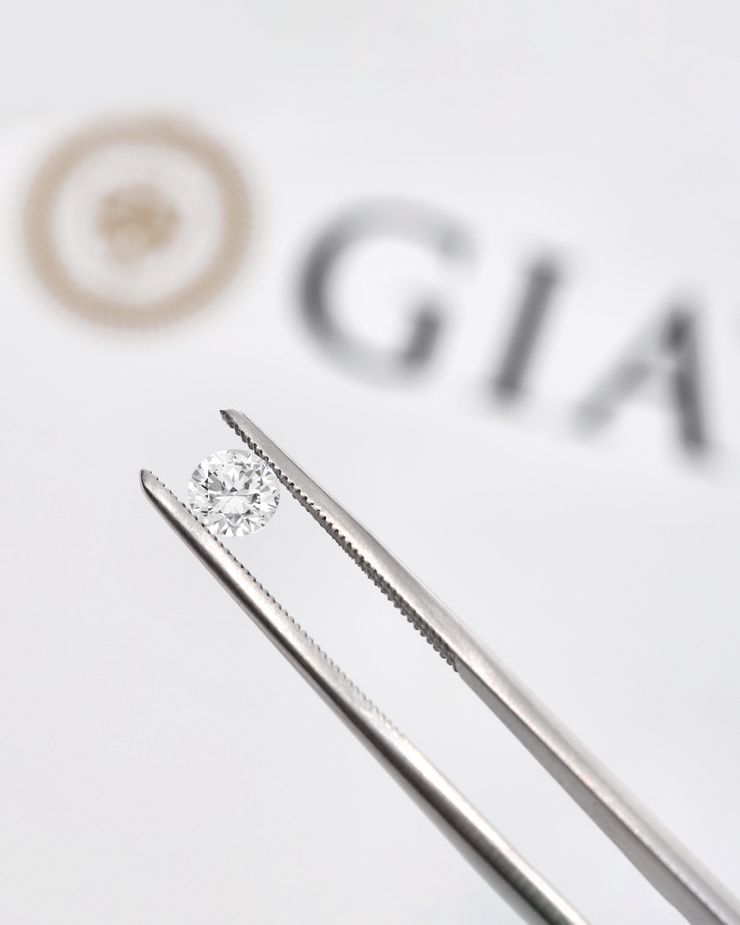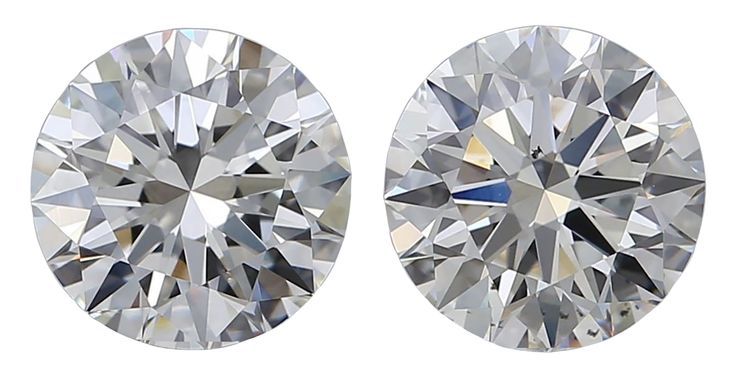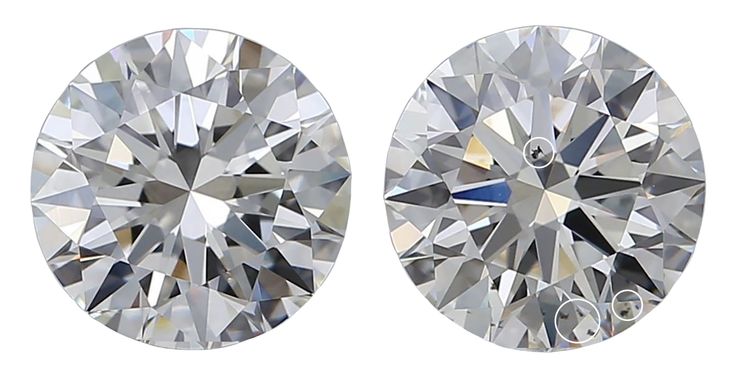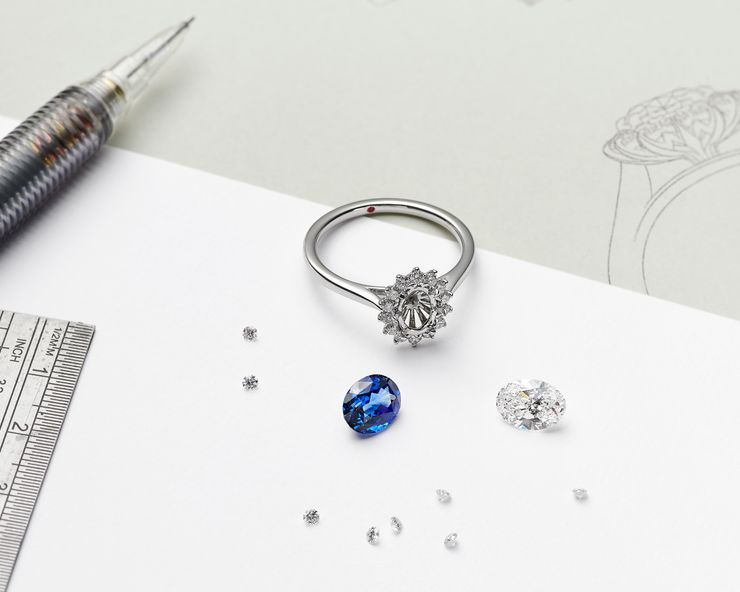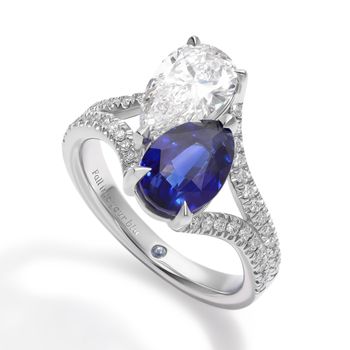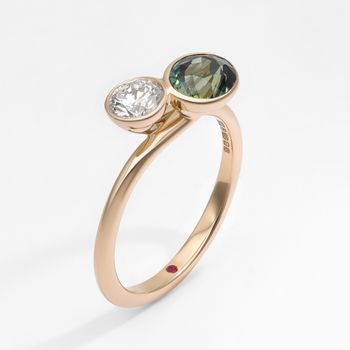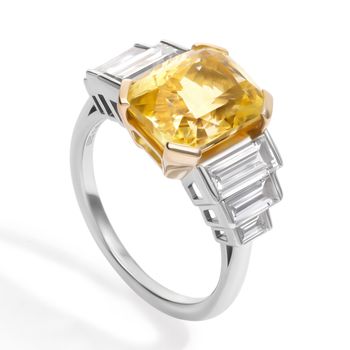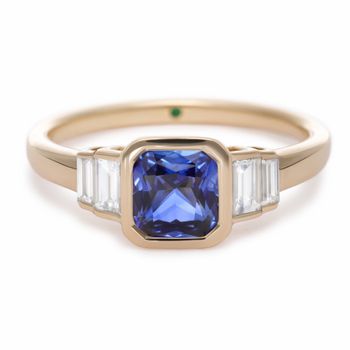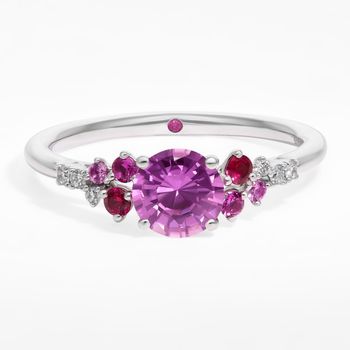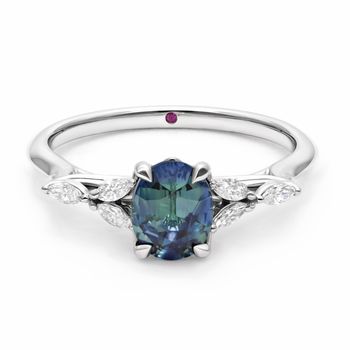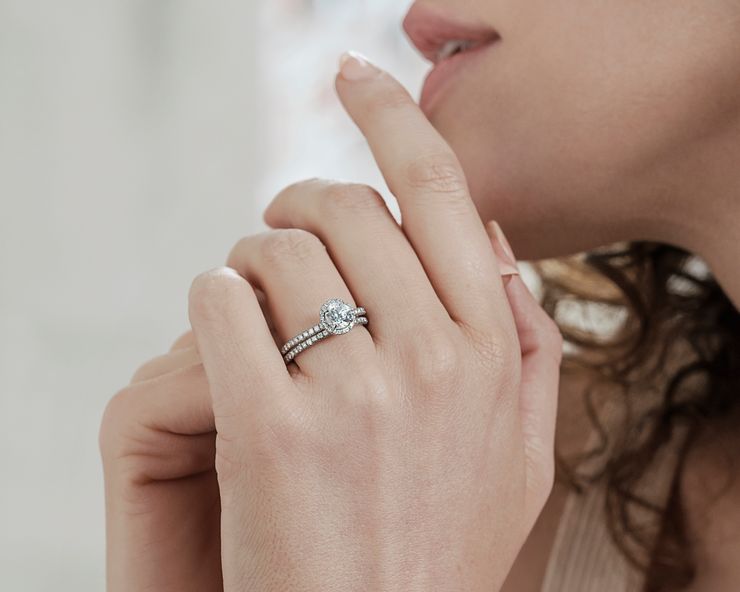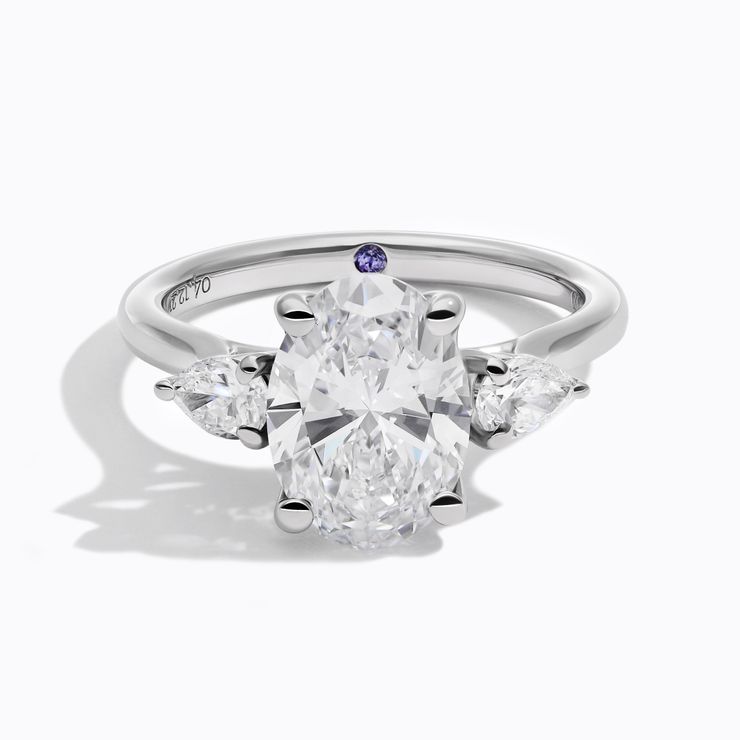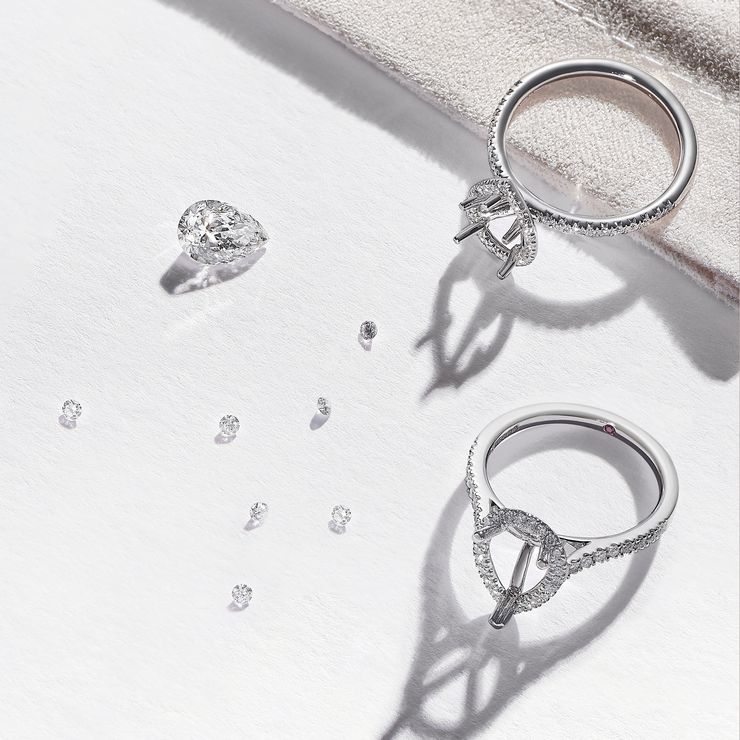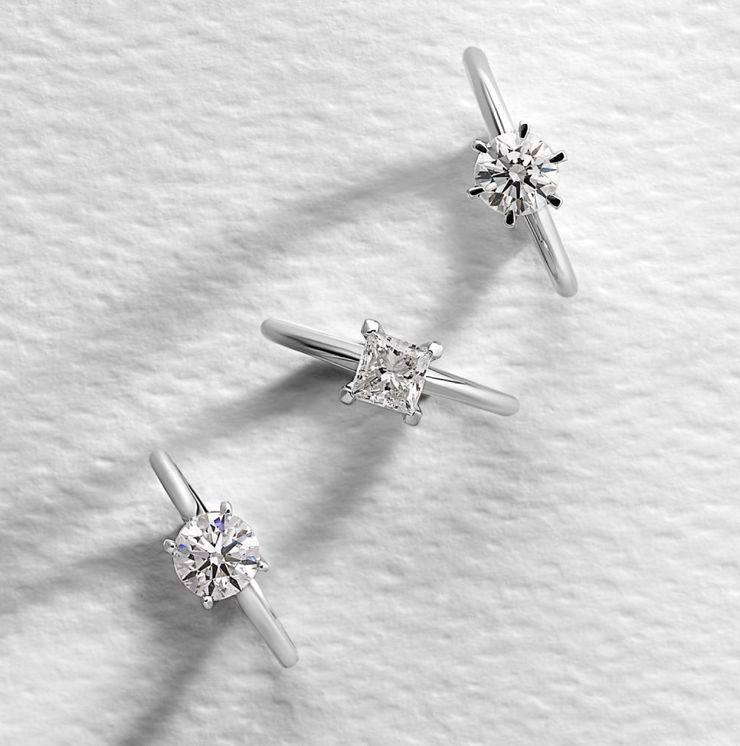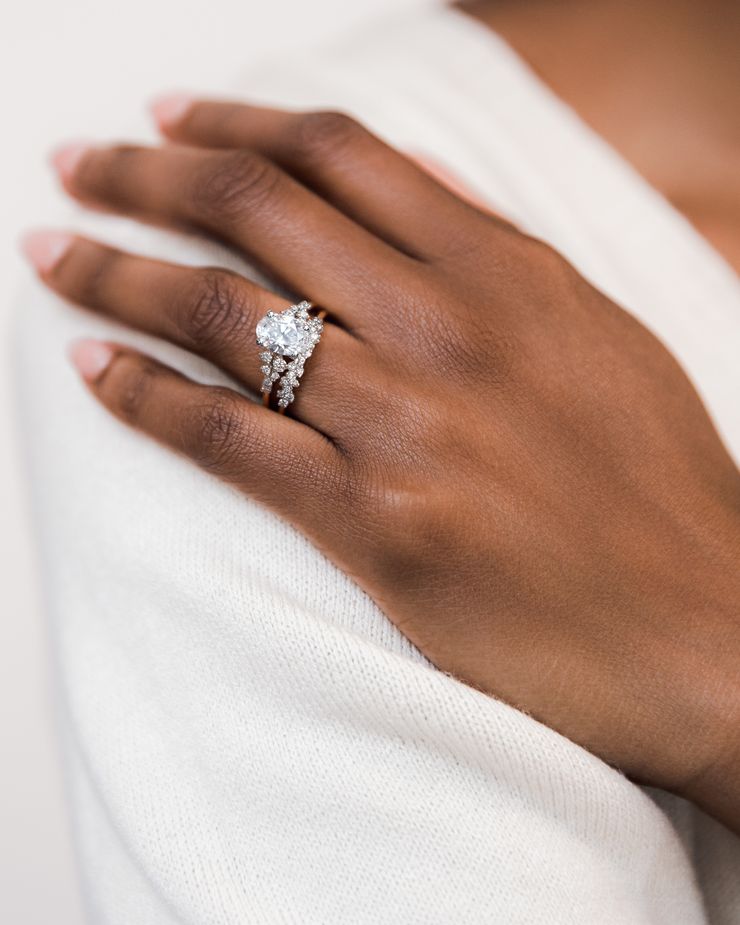Fine jewelry is one of the most opaque products in the world. This isn’t by accident; opacity usually means retailers can unfairly price and make more margin.
Before we get into the nitty gritty of jewelry design, we want to be transparent with how we do things at Taylor & Hart. We take a novel approach to pricing and crafting jewelry in order to pass on savings to you. Read our transparency guide to ring pricing to understand why our business model is changing the jewelry industry for good.
Once you understand the supply chains and manufacturing processes that go into your ring, you’ll have more context when getting creative with your design ideas.
